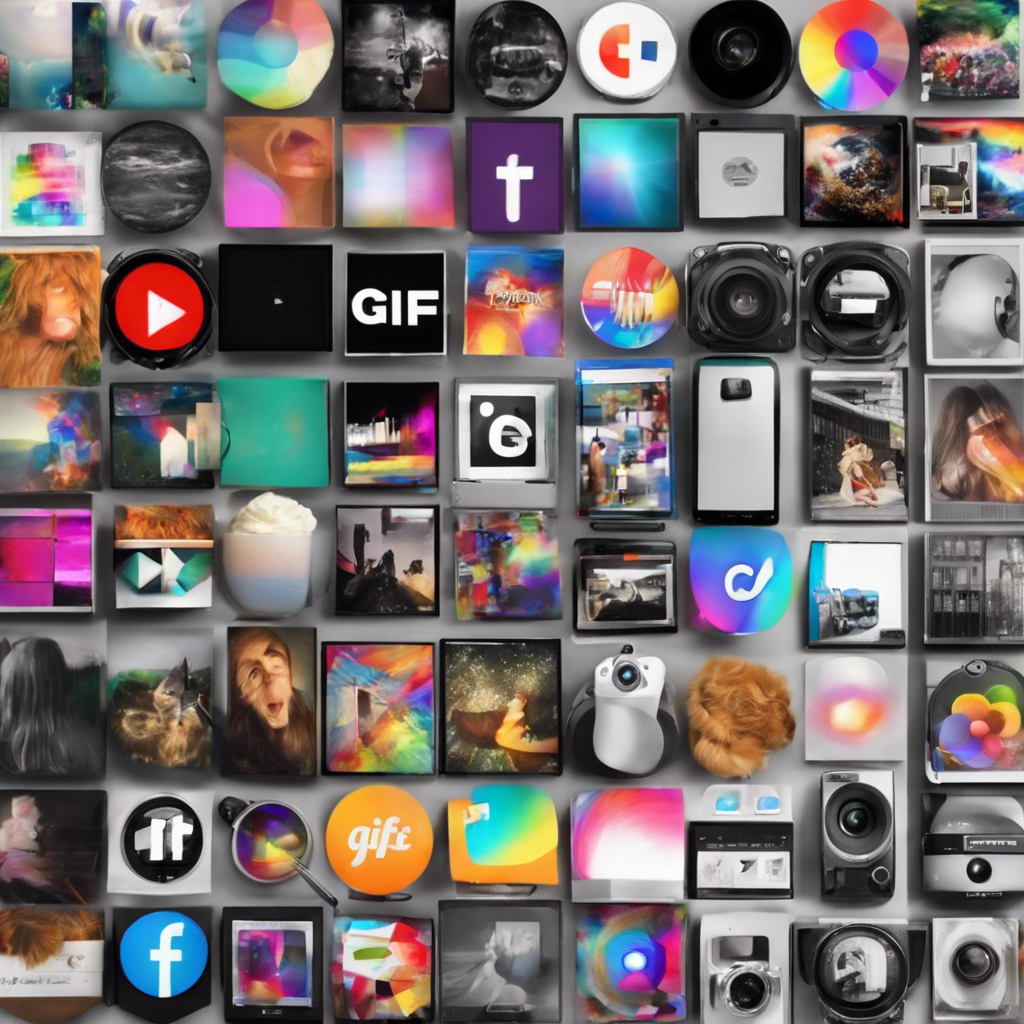What type of media is a GIF?
What Type of Media is a GIF?
GIF stands for Graphics Interchange Format. It is a type of digital image file format that was introduced in 1987 by CompuServe, a now-defunct American online service provider. GIFs are widely used on the internet for a variety of purposes, including as animations, memes, and informational graphics.
Animated GIFs
One of the most popular uses of GIFs is as animated images. Animated GIFs are created by combining multiple images into a single file, which is then played in sequence to create an animation. This makes them a popular choice for simple animations that don't require sound, such as banner ads, loading screens, and social media posts.
Transparency
Another key feature of GIFs is their ability to support transparency. This means that parts of the image can be made transparent, allowing them to be overlaid on top of other images without revealing the background. This makes GIFs a popular choice for logos and other graphics that need to be displayed on a variety of different backgrounds.
Color Limitations
One limitation of GIFs is their limited color palette. GIFs can only display a maximum of 256 colors at once, which can make them unsuitable for images with a lot of color depth. This limitation has led to a trend of using a limited color palette in GIF design, which can give images a distinctive, retro aesthetic.
GIF vs. JPEG
GIFs are often compared to JPEGs, another popular image file format. The main difference between the two is that JPEGs support a wider range of colors and are better suited for photographs, while GIFs are better suited for simple graphics and animations. JPEGs also tend to be larger in file size than GIFs, which makes GIFs a more efficient choice for web use.
GIF vs. Video
GIFs are also often compared to video, as both can be used to create animations. However, there are several key differences between the two. GIFs are limited to a maximum frame rate of 50 frames per second, while videos can have much higher frame rates. This makes GIFs unsuitable for fast-paced animations, but ideal for simple, looping animations. GIFs are also much smaller in file size than videos, which makes them more suitable for sharing on social media and other platforms with strict file size limits.
GIFs in Social Media
GIFs have become a popular form of expression on social media platforms such as Twitter and Instagram. Users often share GIFs to convey emotions or reactions in a visual way, and many platforms have built-in GIF search functionality to make it easy to find and share GIFs. GIFs have also become a popular form of meme, with users creating and sharing humorous or satirical GIFs that comment on current events or popular culture.
GIFs in Marketing
GIFs are also a popular choice for marketing and advertising. They are often used in email marketing campaigns, on social media, and on websites to grab the attention of viewers and convey information in a visually engaging way. GIFs can be used to showcase products, demonstrate how to use a product, or convey a brand's personality in a memorable way.
Conclusion
GIFs are a versatile form of media that can be used for a variety of purposes, from simple animations to complex marketing campaigns. While they have some limitations, such as their limited color palette and maximum frame rate, their ability to support transparency and their small file size make them a popular choice for web use. As the internet continues to evolve, it is likely that GIFs will continue to be a popular form of media for years to come.
Discover more from EMD
Subscribe to get the latest posts to your email.
